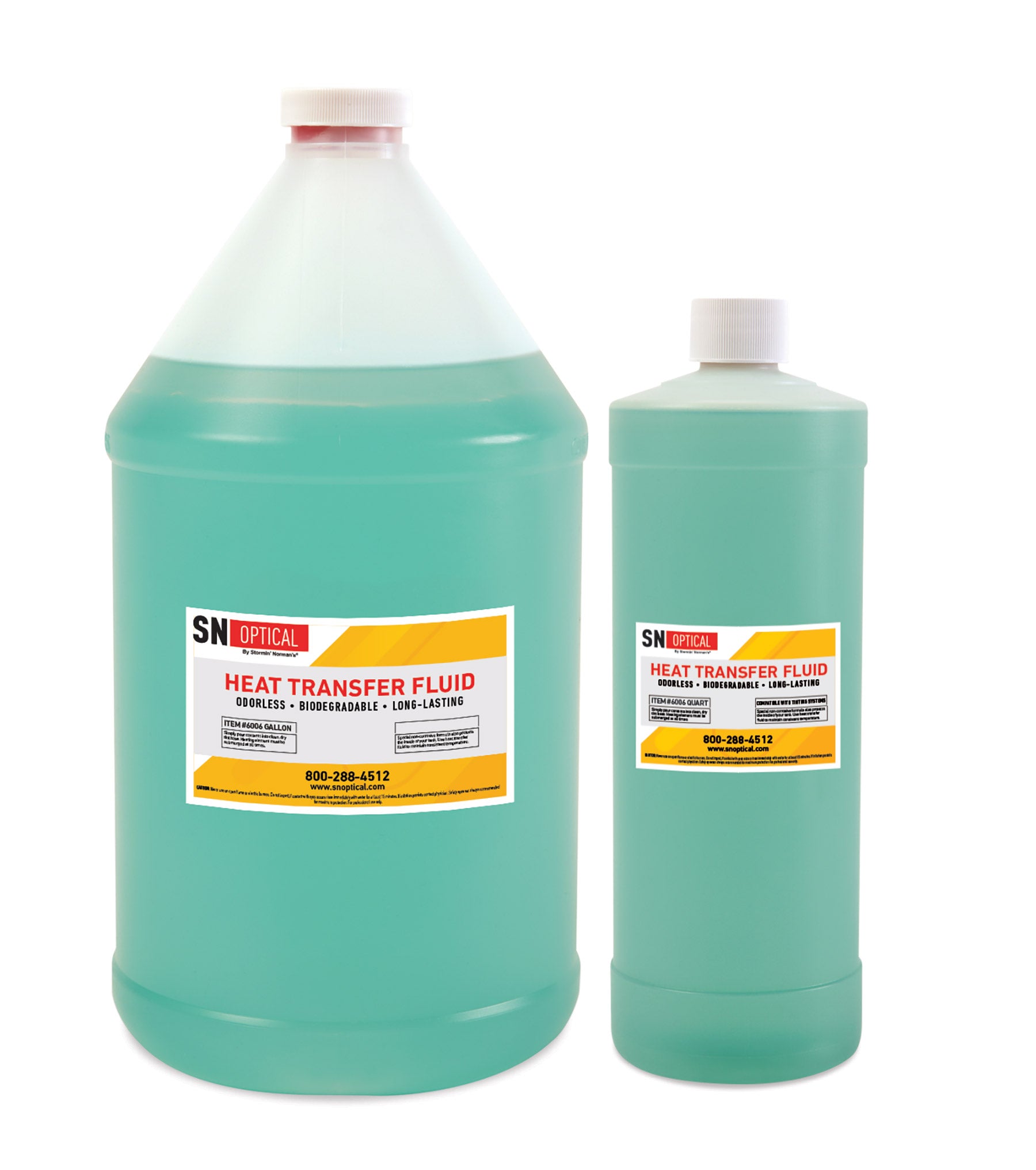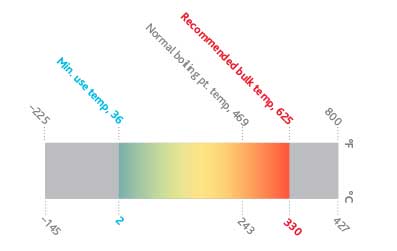Trick Advantages of Using a High-Performance Heat Transfer Fluid
Trick Advantages of Using a High-Performance Heat Transfer Fluid
Blog Article
How Warmth Transfer Fluid Adds To Lasting and Affordable Operations
In the contemporary industrial landscape, the role of warmth transfer liquids (HTFs) in advertising lasting and cost-efficient procedures can not be overstated. These fluids are essential in optimizing thermal monitoring systems, thereby dramatically boosting energy performance and lowering operational prices. heat transfer fluid. The ecological benefits of advanced HTFs, with their high thermal stability and reduced poisoning, are indisputable.
Comprehending Warmth Transfer Fluids
In the world of thermal management, heat transfer liquids (HTFs) offer as necessary representatives for transferring thermal power from one place to another. These liquids play a critical function in numerous commercial applications, consisting of chemical processing, power generation, and HVAC systems.
The make-up of warm transfer liquids can vary dramatically, consisting of alternatives such as mineral oils, synthetic oils, glycols, and molten salts. Each type provides unique advantages, such as improved thermal stability, reduced viscosity, and high boiling points, which are chosen based upon details functional demands. The choice of HTF effects not just the performance of warm transfer however likewise the long life and safety and security of the system in which it is utilized.
As industries remain to innovate, the advancement of sophisticated HTFs, identified by their boosted thermal conductivity and reduced ecological effect, is crucial for meeting the demands of modern-day thermal management challenges.

Enhancing Power Performance

Improving power effectiveness has actually ended up being a critical concern throughout various markets, motivating a better evaluation of warmth transfer liquids' role in maximizing thermal administration systems. These liquids are indispensable to keeping the preferred temperature in procedures, therefore decreasing energy waste and boosting overall system performance. By selecting a suitable warm transfer fluid, industries can considerably improve their power performance, causing reduced energy consumption.

Advanced formulas of warmth transfer liquids have been established to hold up against severe temperatures while keeping security and efficiency. Enhancing energy effectiveness via optimal heat transfer fluid choice is not just a technological necessity but also an environmental necessary.
Decreasing Operational Costs
Functional costs are a considerable factor to consider for sectors seeking to keep affordable advantage, and the choice of warm transfer liquid plays an essential function in expense administration. Choosing an ideal warmth transfer liquid can bring about significant price financial savings by boosting system performance and lowering power consumption. High-performance liquids decrease thermal destruction, which subsequently lowers the regularity of liquid substitute and downtime related to upkeep, therefore decreasing functional expenditures.
Additionally, warmth transfer liquids with remarkable thermal stability and deterioration resistance expand the life expectancy of devices. This decreases the need for frequent repairs and substitutes, which can be expensive and disruptive to operations. By purchasing high-grade liquids, markets can achieve long-term decreases in maintenance costs and boost the integrity of their systems.
In addition, advanced heat transfer fluids usually exhibit lower viscosity at running temperature levels, which enhances pump efficiency and minimizes power use in fluid circulation. Numerous modern-day warmth transfer fluids are engineered to operate properly over a wide temperature variety, lowering the need for several fluid kinds, consequently simplifying stock needs and decreasing associated expenses.
Environmental Effect Reduction
The push towards page decreasing environmental impact has actually gotten momentum in industries leveraging warmth transfer liquids. Warm transfer fluids (HTFs) play a critical duty in this change, providing opportunities to boost power effectiveness and decrease emissions - heat transfer fluid.
Furthermore, the usage of innovative warm transfer fluids adds to improved system efficiency, reducing the total power consumption. This decrease not only causes cost financial savings however additionally reduces co2 discharges, assisting in the fight versus climate adjustment. Fluids that are eco-friendly and recyclable even more boost sustainability efforts, as they reduce waste and promote round economic climate techniques.
Furthermore, including HTFs into closed-loop systems protects against fluid loss and contamination of the surrounding atmosphere. This approach makes sure that liquids are reused, lowering the demand for new resources and restricting waste generation. By embracing these environmentally mindful approaches, markets can substantially diminish their environmental impact while preserving high functional performance, home lining up with international sustainability goals and governing demands.
Selecting the Right HTF
Picking the suitable warm transfer liquid (HTF) is an important action in progressing environmental sustainability within commercial procedures. The selection of HTF directly affects system performance, energy intake, and environmental effect. A perfect HTF ought to have a high thermal ability, reduced viscosity, and high thermal conductivity to guarantee effective heat transfer. Furthermore, its stability over a broad temperature level array is essential to stop destruction, which can lead to increased discharges and waste.
This ensures long life and decreases upkeep expenses. The liquid ought to be safe and naturally degradable, minimizing its eco-friendly footprint and making certain compliance with ecological policies.
Verdict

Report this page